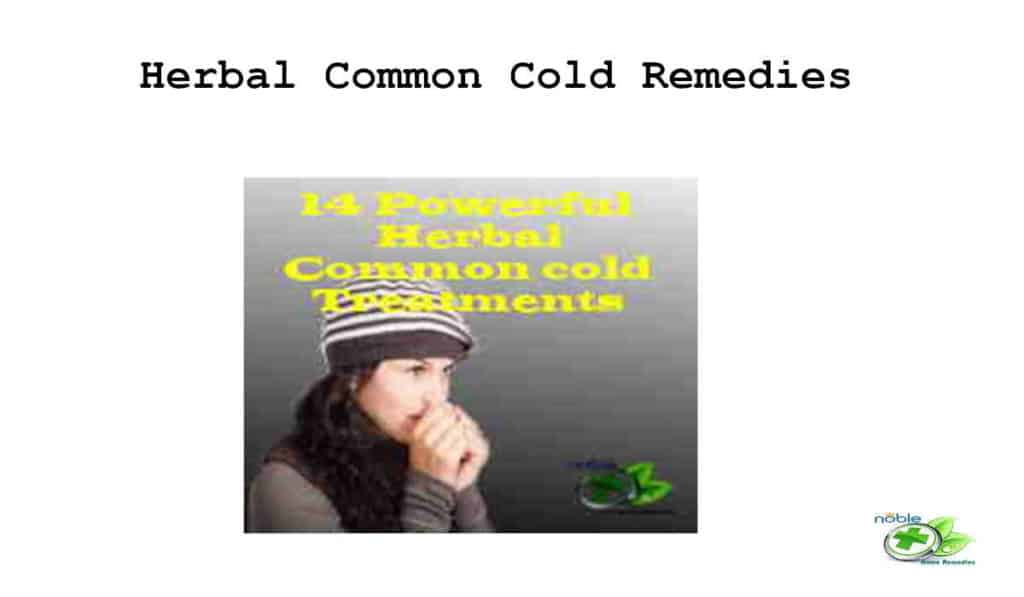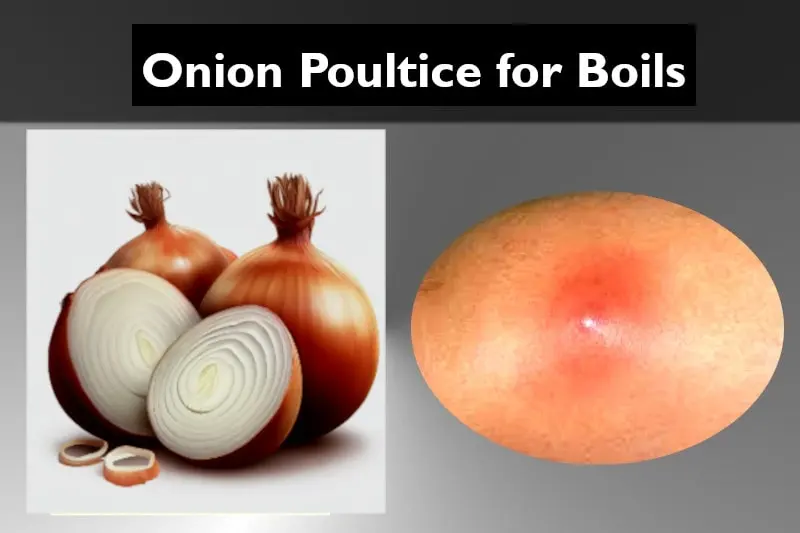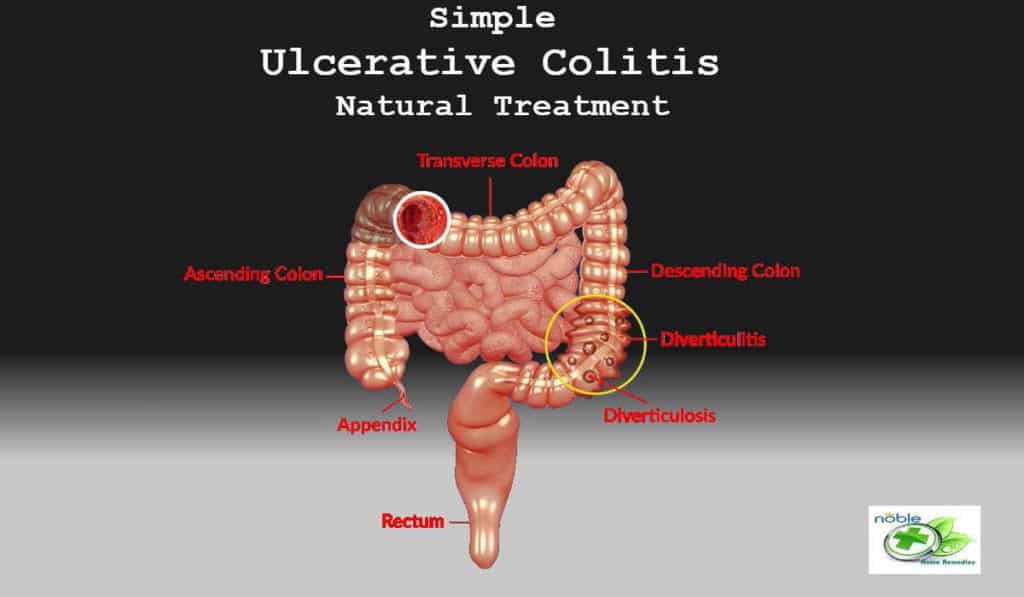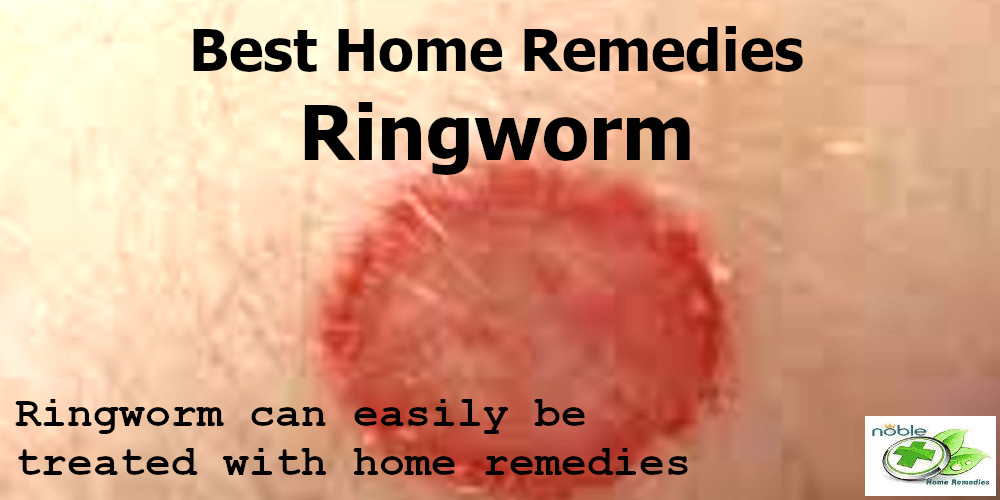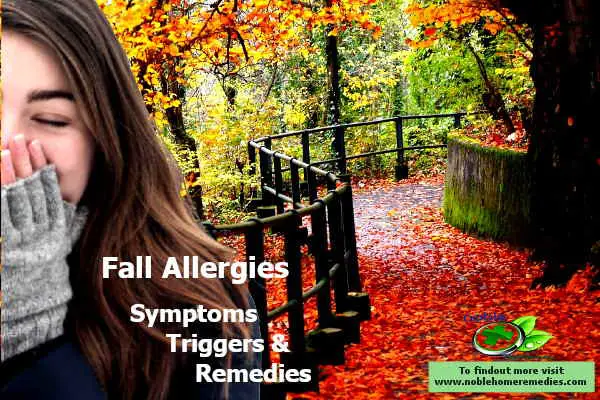Yeast Infection Symptoms: Ultimate Guide to Spot Candidiasis
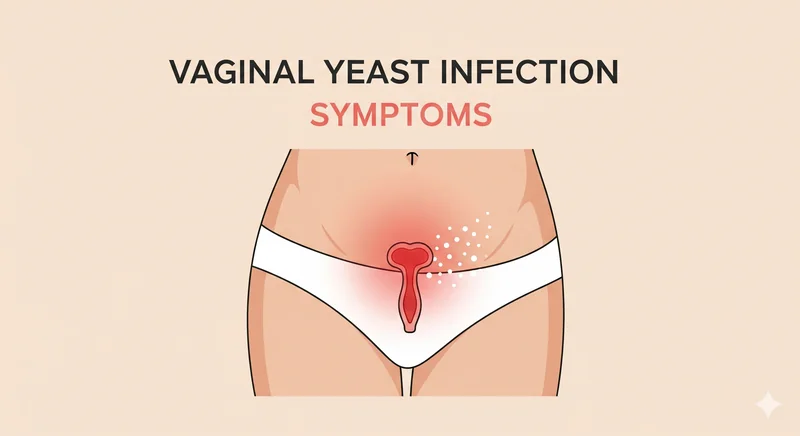
Understanding your body and its signals is a powerful step toward maintaining your health and well-being. Today, we’re diving into a very common topic that many people face but often feel uncomfortable discussing: yeast infection symptoms. If you’ve ever experienced persistent itching, burning, or unusual discharge, you know how disruptive and uncomfortable these signs can be. This guide is here to help you identify these symptoms, understand what’s happening, and know when it’s time to seek professional care.
Understanding Yeast Infections – A Common Discomfort
Imagine your body as a finely tuned ecosystem, where different microorganisms live in balance. Most of the time, this balance works perfectly, keeping you healthy. However, sometimes things get a little out of whack, and certain organisms can overgrow, leading to an infection. This is often the case with a yeast infection, a common fungal infection that can cause significant discomfort.
What exactly is a yeast infection? At its heart, a yeast infection, also known as candidiasis or vaginal candidiasis when it affects the vaginal area, is caused by an overgrowth of a type of yeast called Candida. While there are over 20 species of Candida yeast, the most common culprit is Candida albicans. This yeast naturally lives in various parts of your body, including your mouth, throat, gut, and vaginal area, usually without causing any trouble. In a healthy body, a delicate balance of bacteria, particularly Lactobacillus, works to keep Candida in check, preventing it from multiplying too much.
However, when something disrupts this balance, such as perhaps certain medications, hormonal changes, or a weakened immune system, Candida can grow out of control, leading to an infection and those uncomfortable yeast infection symptoms. Many women will experience a vaginal yeast infection at least once in their lives, with estimates suggesting that as many as 3 out of 4 women will face this common discomfort. It’s a very common experience, so if you’re going through it, know that you are definitely not alone.
It’s important to clarify that vaginal yeast infections are generally not considered sexually transmitted infections (STIs). While sexual activity can sometimes contribute to their development or spread, and the risk might increase when you start having sex, it’s not the primary cause and can affect individuals who are not sexually active.
Key Yeast Infection Symptoms in the Vaginal Area (Vaginal Candidiasis)
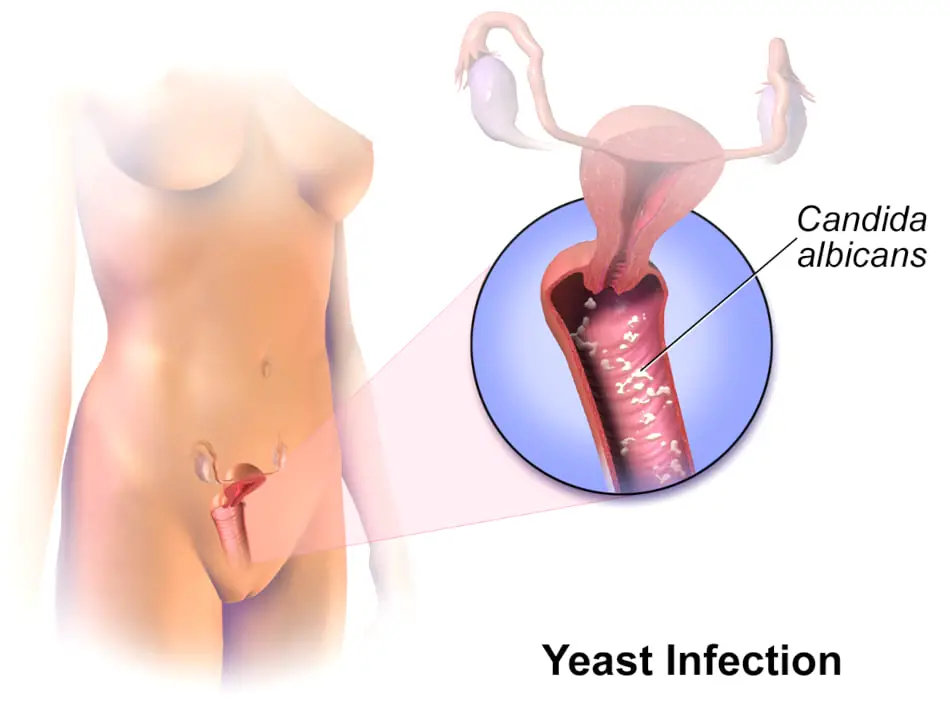
When most people think of a yeast infection, they often think of the vaginal type, also known as vaginal candidiasis or vulvovaginal candidiasis (VVC). These infections can range from mild to severe, and the yeast infection symptoms can be incredibly bothersome and disruptive to daily life. If you’re experiencing any of these, it’s natural to feel uncomfortable and worried.
Let’s explore the most common yeast infection symptoms that affect the vaginal area:
- Persistent Itching and Irritation: This is often one of the first and most noticeable yeast infection symptoms. You might feel an intense, persistent itchiness or irritation in and around your vaginal area and vulva (the outer part of your genitals). This can be incredibly distracting and uncomfortable, making it hard to focus on anything else.
- Burning Sensation: Many women describe a burning feeling, especially when they urinate or during sexual intercourse. This symptom can be quite painful and make intimate moments or even simple bathroom breaks a source of dread.
- Redness and Swelling: When you look at the area, you might notice visible redness and swelling of the vulva and vaginal area. For those with Black or brown skin, redness might be harder to see, but swelling and tenderness would still be apparent. This inflammation is a clear sign that your body is reacting to the Candida overgrowth.
- Abnormal Vaginal Discharge: This is another hallmark of a vaginal yeast infection. The discharge is typically thick, white, and often described as resembling cottage cheese. It usually has little to no odor. While a thick, white discharge is classic, sometimes it can also be watery.
- Vaginal Pain and Soreness: Beyond the itching and burning, a general feeling of pain and soreness in the vaginal area is common. This can lead to discomfort even when walking or sitting.
- Small Cuts or Tiny Cracks: In more severe cases of yeast infection, the skin of the vulva and vaginal area can become so irritated and inflamed that small cuts, tears, or fissures might develop. These can be quite painful and indicate a more serious infection requiring prompt attention.
If you are experiencing any of these yeast infection symptoms, particularly for the first time or if they are severe, it’s a good idea to seek medical advice for an accurate diagnosis and appropriate treatment. We’ll discuss when to see a doctor in more detail later.
Understanding Other Types of Candidiasis (Beyond the Vaginal Area)
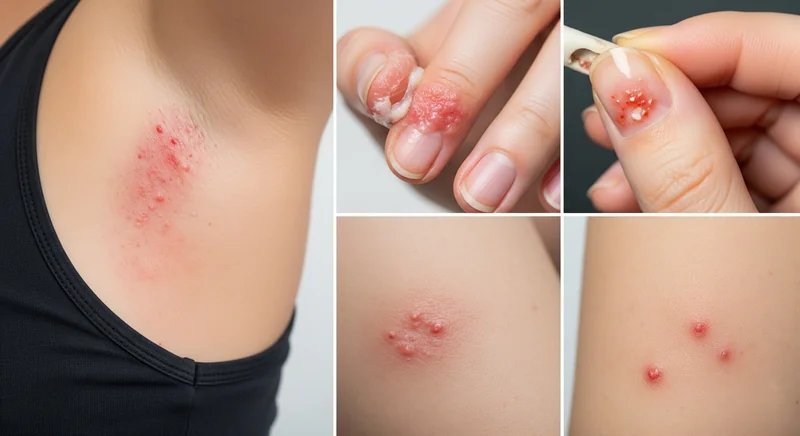
While vaginal yeast infections are frequently discussed, it’s important to remember that Candida yeast can overgrow in other parts of the body, too, leading to different types of candidiasis and their own unique yeast infection symptoms. Knowing these can help you identify a broader range of potential issues.
Oral Candidiasis (Thrush)
Oral candidiasis, commonly known as thrush, occurs when Candida overgrows in the mouth and throat. This can be particularly uncomfortable and affect your ability to eat and speak. The yeast infection symptoms for thrush include:
- White patches on the inner cheeks, tongue, roof of the mouth, and throat. These patches can sometimes be scraped off, revealing red, raw areas underneath.
- Redness or soreness in the mouth and throat. This can make everyday activities like eating or talking painful.
- A “cotton-like” feeling in the mouth, which can make it feel dry or strange.
- Loss of taste can diminish your enjoyment of food.
- Pain while eating or swallowing.
- Cracking and redness at the corners of the mouth, a condition called angular cheilitis.
Esophageal Candidiasis
Often occurring alongside mouth and throat infections, esophageal candidiasis involves the esophagus, the tube that connects your mouth to your stomach. The main yeast infection symptoms for this type include pain and difficulty swallowing. This can lead to discomfort, nausea, vomiting, chest pain, and even weight loss if left untreated.
Cutaneous Candidiasis (Skin Folds)
Our skin, especially in warm, moist areas, can also be a breeding ground for Candida. Cutaneous candidiasis refers to yeast infections of the skin. You might notice these yeast infection symptoms in skin folds like underarms, under the breasts, in the groin area, or even as a diaper rash in infants. Symptoms typically include:
- Red, raised patches in the skin folds.
- Itching or burning in the affected areas.
- Patches that ooze clear fluid, pimples, and general skin breakdown.
Nail Candidiasis (Candidal Paronychia)
This type of infection affects the nail folds or cuticles, often causing visible and uncomfortable yeast infection symptoms:
- Redness, pain, and swelling around the nails.
- In severe cases, the nail plate may separate from the nail bed (onycholysis).
- The affected nail might appear white or yellow, and there could be pus.
Invasive Candidiasis (A Serious Concern)
While most yeast infections are localized and relatively mild, there is a much more serious, though rare, form called invasive candidiasis. This is a life-threatening infection where Candida enters the bloodstream and can spread to internal organs like the heart, brain, eyes, bones, or joints.
It’s important to understand that most healthy individuals are not at risk for invasive candidiasis. It primarily affects people who are already very sick, often hospitalized, or those with severely weakened immune systems due to other medical conditions like HIV/AIDS or cancer treatment.
The most common symptoms of invasive candidiasis are fever and chills that do not get better after treatment with antibiotics for suspected bacterial infections. Because people with this condition are usually already quite ill, it can be challenging to determine which symptoms are from their original illness and which are from the Candida infection. If you are experiencing persistent fever and chills, especially in a hospital setting or with a compromised immune system, it’s critical to have it checked out immediately.
Yeast Infection Foods to Avoid

Foods to avoid during a yeast infection, especially when following a Candida or yeast infection diet, primarily include those high in sugar, yeast, gluten, and dairy, as well as processed and fermented foods. Specifically:
- Sugars and sweeteners: Added sugars like cane sugar, corn syrup, honey, maple syrup, molasses, and artificial sweeteners like aspartame should be avoided as they can promote yeast growth.
- High-sugar fruits: Such as bananas, mangoes, grapes, raisins, figs, and dates.
- Gluten-containing grains: Wheat, barley, rye, spelt, and related products.
- Dairy products: Especially those high in lactose like milk, soft cheeses, cream, and ice cream.
- Processed meats: Sausages, bacon, lunch meats, hot dogs.
- Starchy vegetables: Potatoes, corn, beans, and peas.
- Yeast-containing foods: Breads, muffins, croissants, biscuits that use yeast for leavening.
- Fermented foods and drinks: Beer, wine, hard ciders, kombucha, soy sauce, miso.
- Certain nuts and seeds: Peanuts, cashews, pistachios, pecans.
- Alcoholic and caffeinated beverages: Alcoholic drinks fermented with yeast and caffeine in coffee and tea.
- Processed and fried foods: Packaged snacks, frozen meals, fast food, and foods with preservatives.
Avoiding these foods may help reduce yeast overgrowth that can aggravate infections, although research evidence on diet as a treatment is limited. The goal is to limit foods that feed Candida and yeast or affect the immune system negatively
When to Consult a Healthcare Professional (Beyond Home Remedies)

While many people are familiar with the common yeast infection symptoms and might consider over-the-counter (OTC) treatments, it’s really important to know when to seek professional medical advice. Self-treating can sometimes mask a more serious condition or lead to ineffective treatment, causing prolonged discomfort. Your health is too important to guess.
At the early stage, you may opt for the yeast infection remedies that include:
- Yogurt & Supplements
- Antifungal Oils
- Acidic Solutions & Antiseptics
- Dietary & Immune Support
- Soothing Baths & Rinses
The one other effective remedy is witch hazel for yeast infection, which is worth checking it.
Here are key situations when you should absolutely make an appointment with a healthcare provider:
- First-Time Symptoms: If this is your very first time experiencing what you believe are yeast infection symptoms, it’s crucial to get a professional diagnosis. A doctor can confirm it’s indeed a yeast infection and rule out other conditions.
- Uncertainty of Diagnosis: The yeast infection symptoms can sometimes look a lot like symptoms of other vaginal conditions, such as bacterial vaginosis (BV) or sexually transmitted infections (STIs). These other conditions require different treatments, and misdiagnosis can lead to complications or a worsening of your symptoms. A healthcare provider can perform tests, such as examining a sample of vaginal discharge, to get an accurate diagnosis.
- Symptoms Persist or Worsen: You might have tried an over-the-counter antifungal cream or suppository, which is a common first step for many. However, if your yeast infection symptoms don’t go away, change, or worsen after using OTC treatments, it’s time to see a doctor. Untreated candida symptoms could get worse over time. They can determine if you need a different medication, a longer course of treatment, or if something else is going on.
- Frequent or Recurrent Infections: If you find yourself battling yeast infection symptoms four or more times within a single year, this is considered recurrent vulvovaginal candidiasis (RVVC). This pattern warrants a doctor’s visit to investigate underlying causes, which could include uncontrolled diabetes or a weakened immune system, and to discuss a long-term treatment or prevention plan.
- Severe Symptoms: Sometimes, yeast infection symptoms can be particularly intense. If you’re experiencing extensive redness, significant swelling, very intense itching, or if there are noticeable tears, cracks, or sores in the vaginal area, these are signs of a severe infection that needs immediate medical attention.
- Underlying Health Conditions: Certain health circumstances can make yeast infections more complicated or harder to treat. If you are pregnant, have unmanaged diabetes, or have a weakened immune system (perhaps due to HIV infection or certain medications like corticosteroids), you should always consult a healthcare provider at the first sign of yeast infection symptoms. Oral fluconazole, for example, is often avoided in pregnancy, with topical azole therapies being recommended instead. People with these conditions might not respond as well to standard short-term therapies and may require more prolonged treatment.
- You’ve had unprotected sex with a partner who has yeast symptoms: While generally not an STI, if your male partner has symptoms like redness, irritation, or discharge on the penis, they might also have a yeast infection and could benefit from topical antifungal agents.
Remember, while home remedies and lifestyle changes can play a role in prevention and comfort, they are not a substitute for an accurate diagnosis and appropriate medical treatment, especially when dealing with persistent or severe yeast infection symptoms. Getting professional help ensures you’re on the right path to feeling better.
Conclusion: Empower Yourself by Recognizing the Yeast Infection Symptoms
You’ve taken a crucial step by learning about the many facets of candidiasis and, most importantly, how to recognize the various yeast infection symptoms. This knowledge is truly empowering, as being aware of these common signs is the very first step toward finding relief and receiving effective treatment.
It’s common to feel a mix of frustration and discomfort when dealing with yeast infection symptoms. Many people try to manage these issues on their own, and while some mild cases might respond to over-the-counter options or even resolve naturally, it is vital to approach the situation with informed care.
Why is an accurate diagnosis from a healthcare provider so important? As we’ve discussed, the yeast infection symptoms can closely mimic those of other conditions, such as bacterial vaginosis or sexually transmitted infections. Without a proper diagnosis, you risk using the wrong treatment, which can delay healing, worsen your symptoms, and potentially lead to more serious complications. A doctor can perform a simple examination, often with a discharge sample, to confirm the type of infection and guide you toward the most effective antifungal medication.
Don’t hesitate to seek professional medical advice. If your yeast infection symptoms are severe, persistent, changing, or if you’re simply unsure about what’s going on, reaching out to your doctor is always the best course of action. They can provide tailored guidance, discuss prevention strategies, and ensure you get the right care to restore your comfort and health. Taking charge of your health means knowing when to trust your instincts and when to lean on the expertise of medical professionals. You deserve to feel your best!
9 Sources:
Noble Home Remedies relies on peer-reviewed studies, academic research institutions, and medical associations for accuracy and reliability while avoiding tertiary references. Our editorial policy provides more information about how we ensure our content is accurate and up-to-date.
- Symptoms of Candidiasis
https://www.cdc.gov/candidiasis/signs-symptoms/index.html - Vaginal Yeast Infection
https://my.clevelandclinic.org/health/diseases/5019-vaginal-yeast-infection - Vaginal Yeast Infections
https://www.webmd.com/women/understanding-vaginal-yeast-infection-basics - Vulvovaginal Candidiasis (VVC)
https://www.cdc.gov/std/treatment-guidelines/candidiasis.htm - Candidiasis
https://my.clevelandclinic.org/health/diseases/23198-candidiasis - Yeast Infection
http://yalemedicine.org/conditions/yeast-infection - Yeast infection
https://www.uchealth.org/diseases-conditions/yeast-infection/ - Yeast infection (vaginal)
https://www.mayoclinic.org/diseases-conditions/yeast-infection/symptoms-causes/syc-20378999 - What to know about vaginal yeast infections
https://www.medicalnewstoday.com/articles/151172
Trust in your purchase:
Every product featured on our site has been carefully researched and selected based on quality, customer ratings, and positive reviews to ensure you receive excellent value for your money.
Please note:
This post contains affiliate links. If you make a purchase through these links, we may earn a small commission at no additional cost to you. This helps support our site and allows us to continue bringing you valuable content. Thank you!
Thank you for your precious time spent with NobleHomeRemedies.
You may also like:
Herbal Common Cold Treatment-14 Remedies
Herbal Common Cold Treatment-14 Remedies Common Cold is a real nuisance and when you get…
Onion Poultice for Boils
Onion Poultice for Boils-2 Steps: Your Skin Will Thank You! Are you tired of dealing…
Baking Soda for Boils
Baking Soda for Boils: Shrink and Dry Out Painful Bumps Boils are red, swollen bumps…
Simple Ulcerative Colitis Natural Treatment – Causes and Symptoms
Simple Ulcerative Colitis Natural Treatment – Causes and Symptoms Over a million people in America…
Home Remedies for Ringworm
5 Best Home Remedies for Ringworm You can get ringworm on any part of your…
Fall Allergies: Symptoms, Triggers, and Reliable Remedies
Fall Allergies: Symptoms and Triggers: , Reliable Remedies Spring is over, summer is over now…

